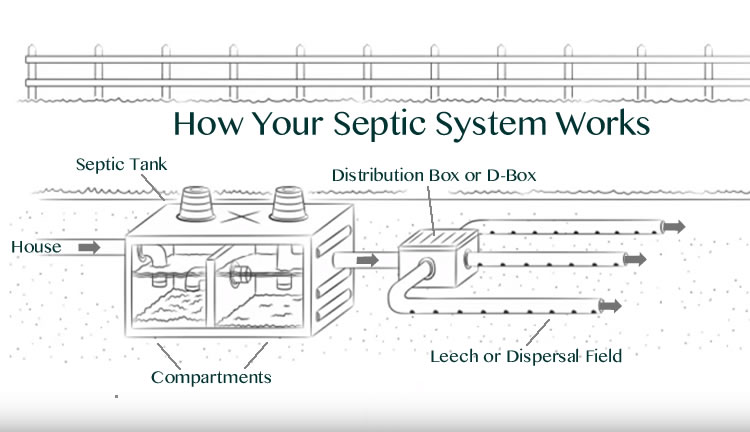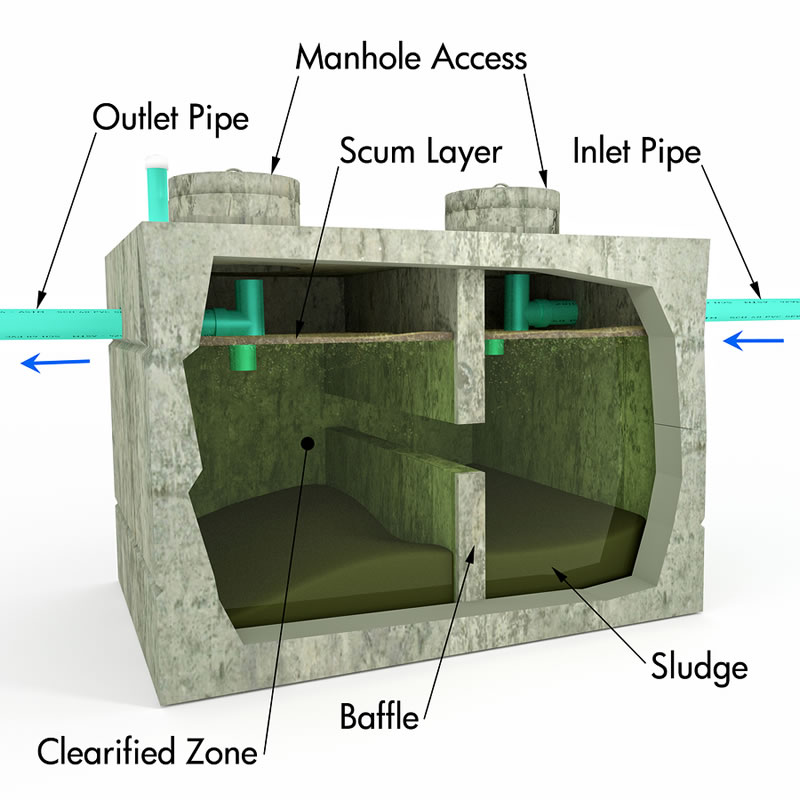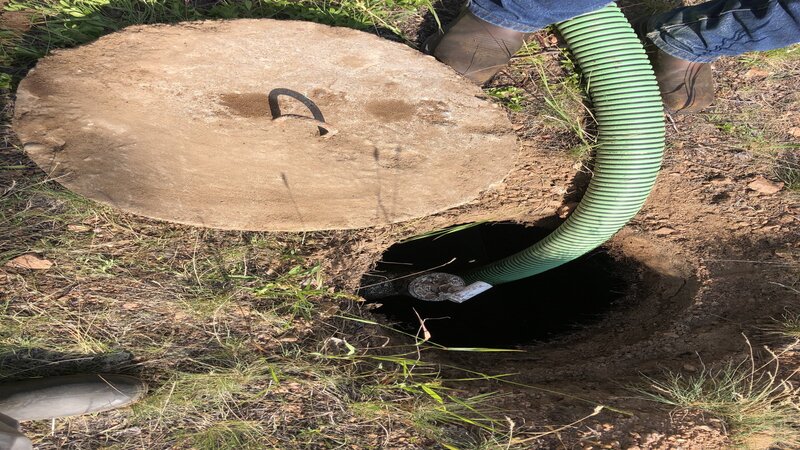How Does Your Septic System Actually Work?

So how does your septic system actually clean your wastewater?
We'll show you how your septic system cleans all the wastewater and sewage from your home. Although it is preferable to be connected to the city sewer system, a well-functioning and maintained septic system can safely treat domestic wastewater.
John Murray, who invented septic tanks in France around 1860, was the inventor of septic tanks. You could also say that septic systems have been in use for over 150 years, which is a good thing.
He started with a basic prototype when he built his first septic tank. Concrete was used to form the tank. The original piping was made from a clay pipe. Today, we use PVC. The piping would carry the wastewater from Mr. Mouras’ home to the concrete septic tanks, which were placed in his backyard. The sewage would eventually flow out of the tank and be discharged into a cesspool. According to the legend, he finally opened the concrete tank after almost ten years to check out what was going on inside. Surprised, the tank contained virtually no solids. This success led to the introduction of the septic system in the United States around 1883. It was widely used.

This diagram shows the basic gravity-fed septic system.
Colorado Department of HealthThere is approximately 900,000 septic systems in operation within the state. An additional 17,000 septic systems are being installed each year. Septic systems are still the best option for large quantities of wastewater in rural areas or where city sewers are not being installed because of cost or location.
There are many types of septic systems, but they all work under the same principles.
#1A Type 1 onsite septic system is a type that allows wastewater from toilets, sinks, and tubs to be flushed out into a tank. This separates and stores solid particles that settle at the bottom or rise to the top in one of two compartments. A tank is known as a "trash container" might be used in the case of package treatment plants (Types 2 and 3). These tanks can hold beneficial bacteria that help to reduce the accumulation of solids. However, eventually, these solids will reach a point where they require the treatment plant to be turned off. To be pumped out of the septic tank.
#2The partially treated wastewater flows out of the tank via an effluent filter into a distribution box or D-Box. The D-Box is responsible for evenly distributing the wastewater into pipes that are buried in drain rocks in trenches within the dispersal system, or your "septic area" or "leach fields". Perforations, which are small holes in the pipes that allow wastewater to seep through the drain rock and into the soil for bacteria breakdown, are called the D-Box's job.
#3Any remaining particles are removed by natural filtration and further bacterial activity in the soil. Your wastewater will be treated and cleaned before it reaches the water table. Septic systems that work well are cost-effective and easy to maintain. However, if they fail, it can lead to unpleasant odors, water contamination, and other health risks.
Why is it necessary to pump out your septic tank?
The bacteria in your tank and septic system work hard to remove the solids. However, they can sometimes become overwhelmed. A properly-sized septic tank can store approximately 3-5 years' worth of sludge (tank solids), depending on how large your household is and how often it is used. The breakdown process becomes less efficient as the solids build up in the septic tanks. This means that more solids are escaping from the septic tank's compartments into the soil absorption zone, leech field, or dispersing field. This can lead to serious problems.
Sludge buildup in your dispersal fields can cause a system failure. You'll likely see wastewater come to the surface of the dispersal fields, which could pose a health risk or worse, and allow the sewage from your tank to back up into the home.
To protect your property, delicate eco-systems, and watersheds from contaminated water or sewage, it is recommended that your septic tank be pumped at minimum once every 3 to 5 years.
Schedule Your Service
.jpg)
These are the worst things you can do to your septic system
You may own a property or home with a septic system, or an onsite wastewater treatment plant in Central Colorado.
Read The Article
How to Properly Maintain Your Sewage Tank
A homeowner or property owner can learn many things about their septic system.
Read The Article
Septic System Information For Home Buyers In Coloardo
The purchase of a home is the most important and largest investment for the majority of us.
Read The Article
How Does Your Septic System Actually Work?
So How Does Your Septic System Actually Clean Your Wastewater? If you’ve ever wondered how your septic system
Read The Article